How to Prevent Clogged Drains in Commercial Facilities
How to Prevent Clogged Drains in Commercial Facilities
Recurring commercial drain backups are frustrating, disruptive, and difficult to deal with. Unfortunately, these recurrences also signal deeper problems in your drains. Reactive measures can be a solution, but how do you prevent these issues altogether?
At State Chemical, we manufacture and distribute chemical and biological solutions for various applications, including drain maintenance. Although drain problems can be tricky to solve, with the right support on hand, they can become a thing of the past.
To help you determine the solution to your recurring commercial drain clogs, we will explain the root causes, the consequences, and methods to avoid these issues. After reading, you’ll know what causes recurring commercial drain backups and will be prepared to prevent them moving forward.
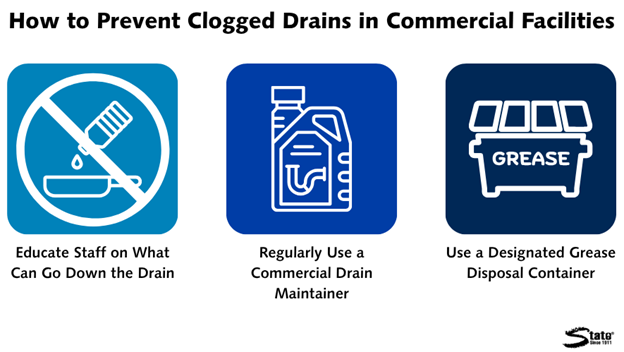
What Causes Commercial Drain Backups?
Commercial drain backups are usually caused by fats, oils, and greases (FOGs) going down the drain. In a commercial facility, these FOGs may be from cooking oil, food scraps, or other organics. Even if you’re not dealing with a kitchen sink, FOGs can get down floor drains when you mop, bathroom sinks when you wash your hands, and more.
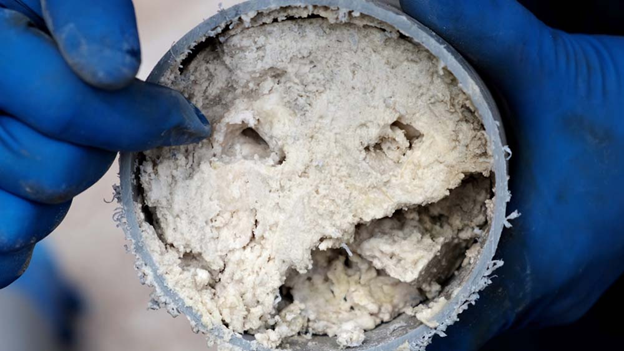
When FOGs go down the drain, they harden and cling to the pipes as they cool (imagine bacon grease hardening in the pan as it sits). If this happens frequently, the FOGs begin to build up and block the water flow, causing slow drains, clogs, backups, overflows, and other issues.
This is an issue on its own, but it’s worsened by the fact that congealed FOGs often catch other items as they go down the drain too. For example, FOG buildup may cause more hair and soap scum to become stuck in the pipes, which will make it easier for other items to become caught, and so on.
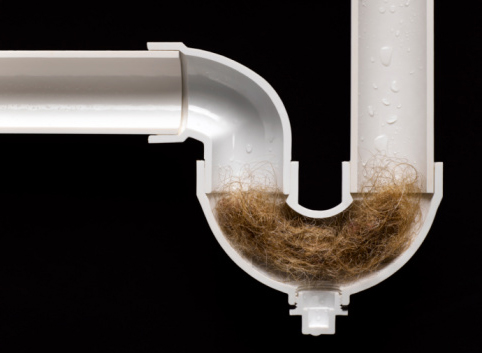
There are also occasions where foreign objects get caught in the drains on their own (e.g., paper products, diapers, packaging, etc.). These situations can be harder to avoid and often require more reactive solutions, like drain openers.
In most situations, however, FOGs are usually to blame for consistent issues.
Impacts of Recurring Commercial Drain Backups
Recurring commercial drain backups take a tremendous toll on your facility.
First and foremost, constant problems will add up in downtime. Limited drain usage goes a long way in slowing down a facility, and this leads to wasted time, increased labor, and displeased visitors.
Plus, to put an end to this downtime, you may need to call an emergency plumber. This can quickly become costly and disruptive.
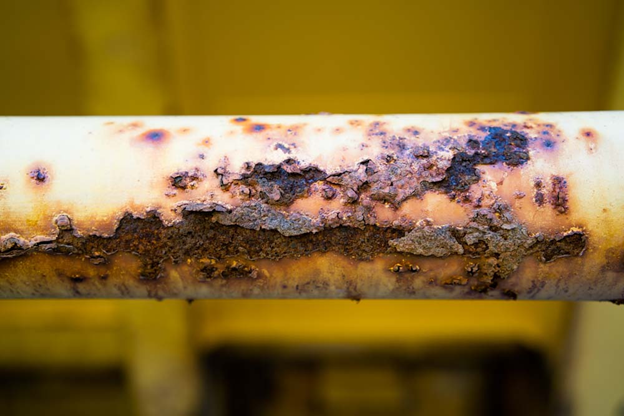
Repeated drain problems are also likely to cause damage to pipes and associated equipment over time. Just think about it: constantly having thick buildup coating the drainage system will cause deterioration, and frequently enlisting harsh maintenance to unclog drains will also wear on the pipes over time. When this happens consistently, it reduces pipe lifespan, meaning you’ll need costly repairs and replacements more quickly than you normally would.
With all of these factors combined, it usually saves time, money, and labor to eliminate commercial drain buildup before it ever causes problems.
How to Prevent Commercial Drain Overflows
To prevent commercial drain clogs, you have several options depending on your situation. You can choose whichever method you prefer, but we recommend combining all three methods for the most effective FOG control.
Educate Your Staff on What to Drain
Before anything else, it’s important to educate your staff on what can and what cannot go down the drain—especially in a commercial kitchen.
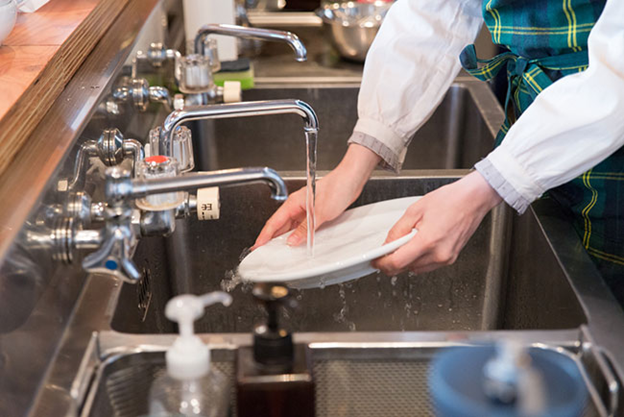
Provide staff training, educational posters, and other materials to ensure employees understand proper disposal procedures. This way, they’ll be less likely to drain unsafe materials that could later cause issues.
This being said, accidents still happen, so it’s important to have another preventative measure in place for optimal drain protection.
Use Designated Grease Disposal Containers
Another positive way to control drain FOG buildup is by providing designated grease disposal containers. This way, there will be a clear place for staff to dispose of used grease, oil, and organics. With a dedicated disposal area, procedures are clearer and disposal becomes more contained.
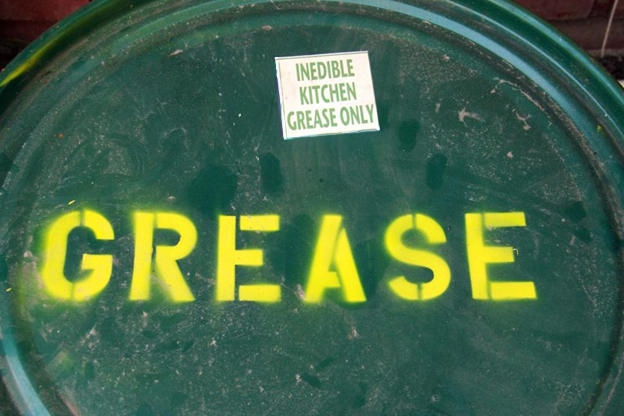
But again, especially in high-grease environments, it can be hard to completely avoid accidents if FOGs mistakenly go down the drain.
Use Chemical Drain Maintainers
For the most comprehensive drain treatment, chemical drain maintenance prevents damaging FOG buildup.
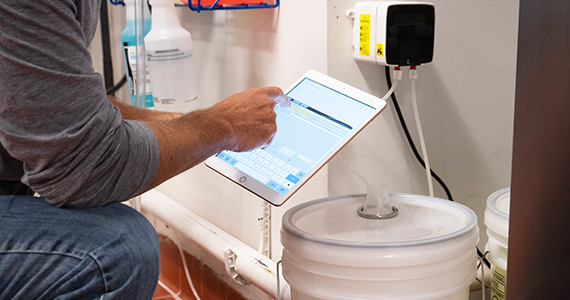
Once regularly applied to your drain (either by hand or via an automated feed pump), drain maintainers work to emulsify or digest your FOG buildup, helping it pass easily through the pipes with the water.
This is the most effective way to prevent future drain problems. With a product constantly keeping buildup under control, you’re as protected as possible from clogs, backups, slow drains, and other issues. Plus, without existing buildup to get stuck to, foreign objects like hair are less likely to cause clogs too.
Overall, if you experience frequent drain problems caused by FOG buildup, chemical drain maintenance is a useful preventative solution.
Learn How State Chemical’s Grease-B-Gone Can Maintain Your Drains
Recurring commercial drain clogs are frustrating interruptions, but they don’t have to be a part of your routine. Now that you know how chemical drain maintenance can protect against commercial drain backups, watch this video to learn how State Chemical’s Grease-B-Gone can prevent problems for your drains.








